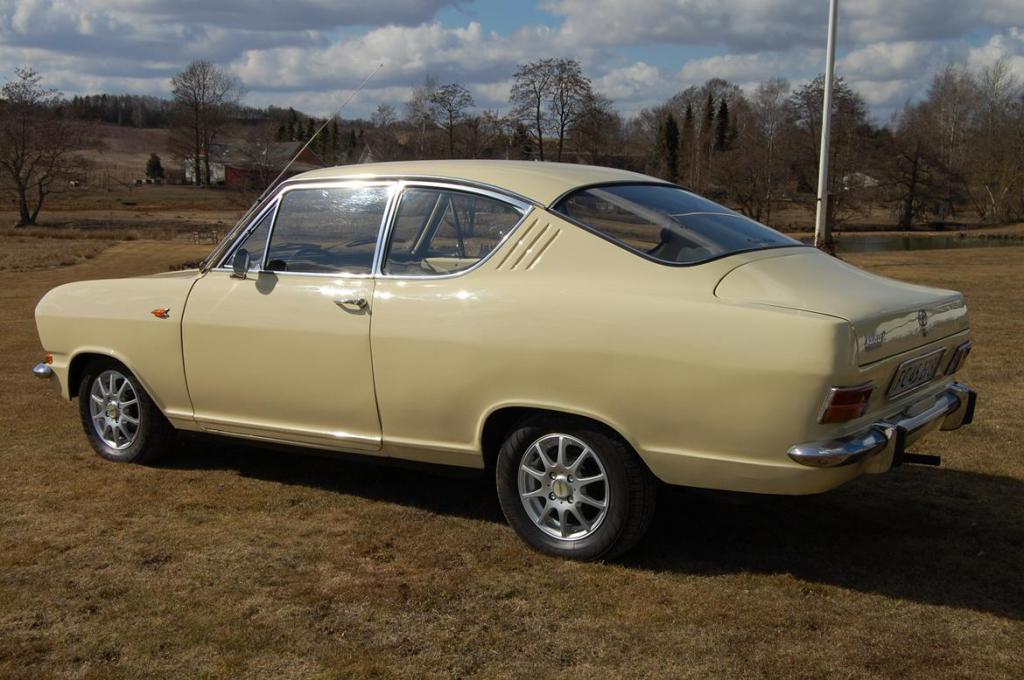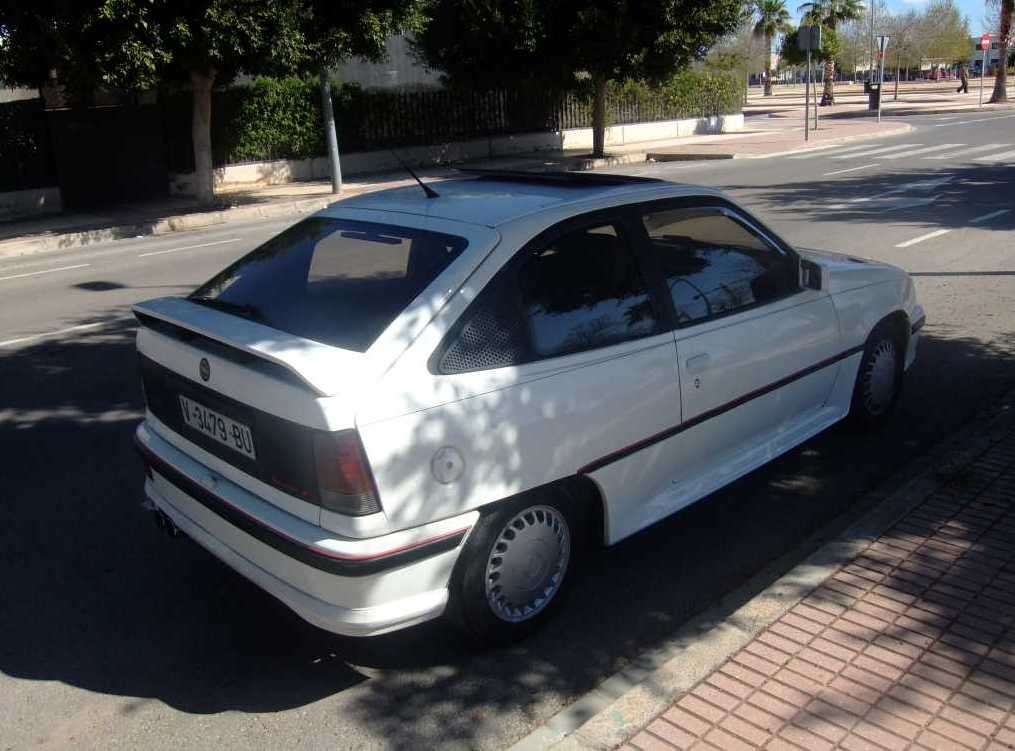Among all models of the automobile company Opel, perhaps, there is no more popular car brand than the Opel Kadett. For over half a century, these machines have been used in a number of countries. German designers made efforts to combine a number of advantages in this beautiful, albeit already obsolete car model.
From the history
The first release of this model began to be produced at German factories in 1934 and continued until 1991. The first cars were relatively inexpensive, so they were in great demand among the population. At first it was a three-door hatchback with a long hood and a vertical grille. The car accommodated four people, including the driver. But due to the outbreak of World War II in 1940, production was stopped and resumed only in 1962. Since that time, three varieties of the body began to be produced: sedan, coupe and station wagon. These were spacious cars that had an engine of 1.0 liter, with a capacity of 40 and 48 horsepower. But in the post-war models there was one big drawback - poor anti-corrosion coating, which led to the rapid destruction of the body. Then the company decided to fix this by launching the Kadett B in 1965, improving not only its moisture protection, but also its design. The car increased in size, began to have large headlights and a new design of the grille. Then they started using a two-speed automatic transmission and a three-speed manual gearbox. There were several varieties of engine and body.

Third Generation - Opel Kadett C
The next generation - Kadett C - appeared in 1973 and was very popular among drivers. Coupe and wagon were produced. The exterior design of the car was changed and improved, began to have a more sporty look. Square headlights appeared, rear-view mirrors were improved, the front chrome grille changed. The model has increased engine capacity and the number of gears. For example, a two-door sedan, designed for five seats, with an engine capacity of 1.2 liters, had a capacity of 61 horsepower and could accelerate to 141 kilometers per hour. It was equipped with a four-speed gearbox and had rear-wheel drive.
Fourth Generation - Opel Kadett D
Replacing the previous generation, the Kadett D has further changed its appearance. This model, which began to be produced in 1979, began to have even more square-rectangular shapes. Significant changes have occurred in the engine. It was with this model that they decided to produce them on diesel fuel along with gasoline. Cars became front-wheel drive. Changing the Opel Kadett engine has yielded positive results. The car has become more economical and playful. Fuel consumption on average was within 5 liters per 100 kilometers. Engine capacity increased to 1.6 and 2.0, and power - up to 91 and 115 horsepower. For example, the Kadett D 2.0 MT had a five-speed gearbox and accelerated to 190 kilometers per hour.
The latest generation of this brand is "Opel"
In 1984, a German company began producing Kadett E. cars. This continued until 1991, after which it was replaced by the Opel Astra brand. What was the difference between this Cadett model and the previous ones?
For example, the five-seat Opel Kadett 1.8 MT hatchback had a 117 horsepower gasoline engine, a five-speed manual gearbox, front-wheel drive, front disc and rear drum brakes and could accelerate to 100 kilometers in 9 seconds. The car had a maximum speed of up to 192 kilometers per hour. The exterior design of the car has been changed. The salon became more comfortable, which made it possible to ride the Opel on longer trips. But in 1991, manufacturers decided to stop production and switched to other models, more advanced.
Responses of owners of "Opel Kadett"
Today you can still see this car on our roads, despite the fact that its production has long been stopped. Many motorists tune these cars, making them sporty and attractive. Among the advantages, owners often mention such aspects of it as economical fuel consumption, reasonable cost of maintenance, trunk volume, front seat comfort. The disadvantages, according to the majority, are the car body, namely its quality, as well as the quality of the coating, sound insulation, lack of comfort of the rear seats, suspension work. Opinions are divided on the quality of materials, the operation of the brake system, oil consumption and comfort in relation to long trips.

Drivers who have been using the Kadett for more than one year praise the car, highlighting its advantages: sporty character, reliability and economy, remarkable maneuverability and sufficient power, cornering stability, ease of repair and maintenance, stable engine operation, like in summer, so in the winter season. The only drawback they consider the outdated car design.
As you can see, the Opel Kadett during its existence managed to win the hearts of more than one generation of motorists. Even today, owners of old models remain satisfied and continue to use them for different purposes: for work, leisure and just in everyday life.